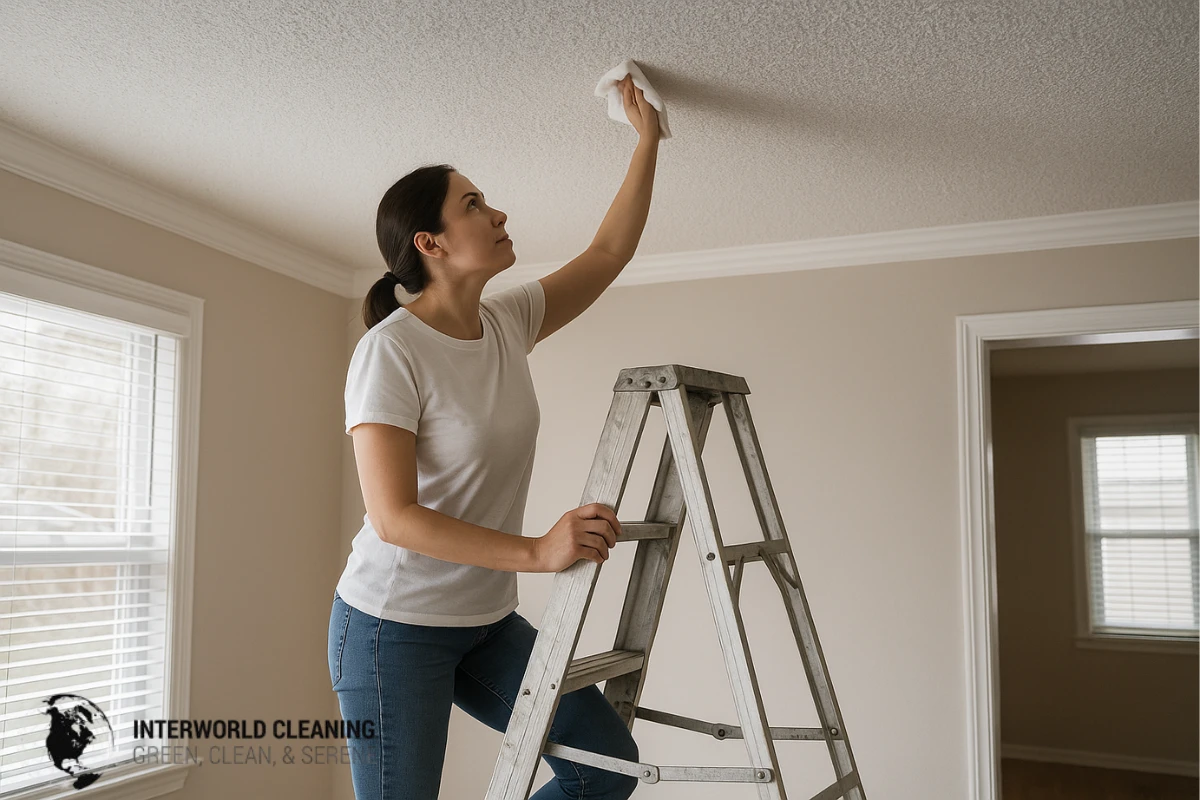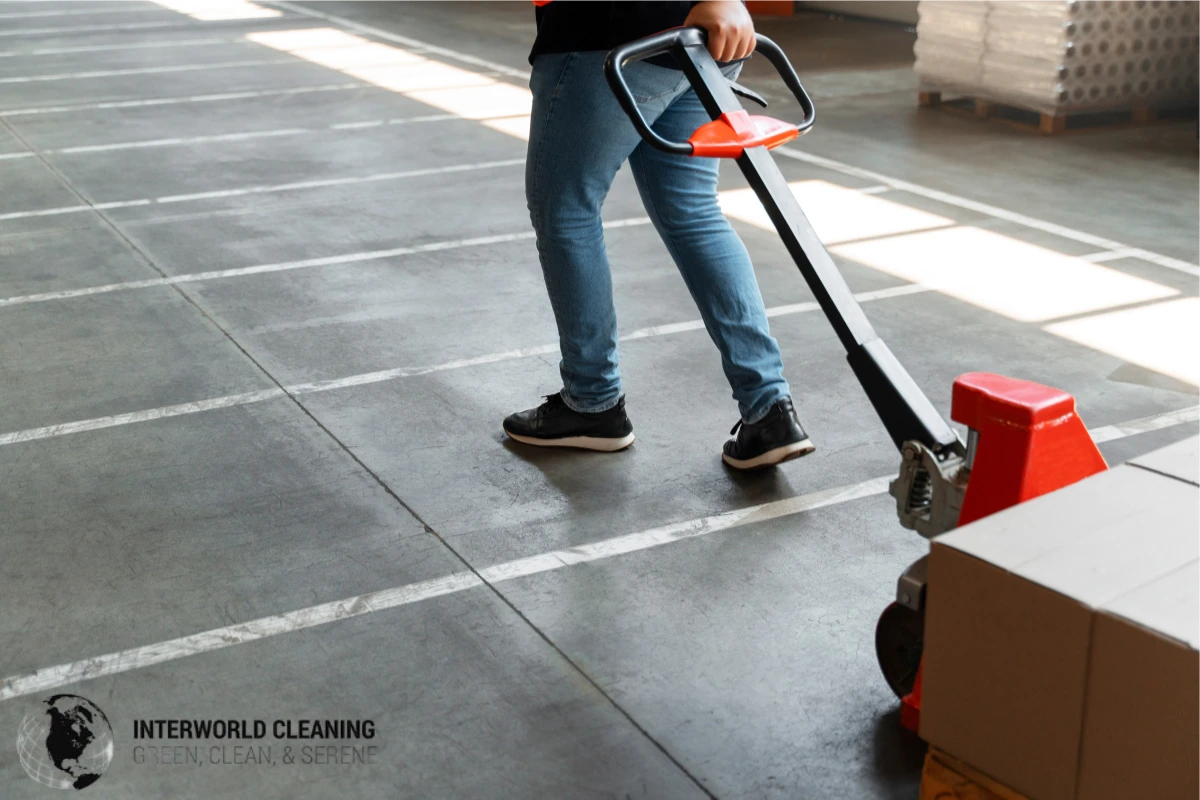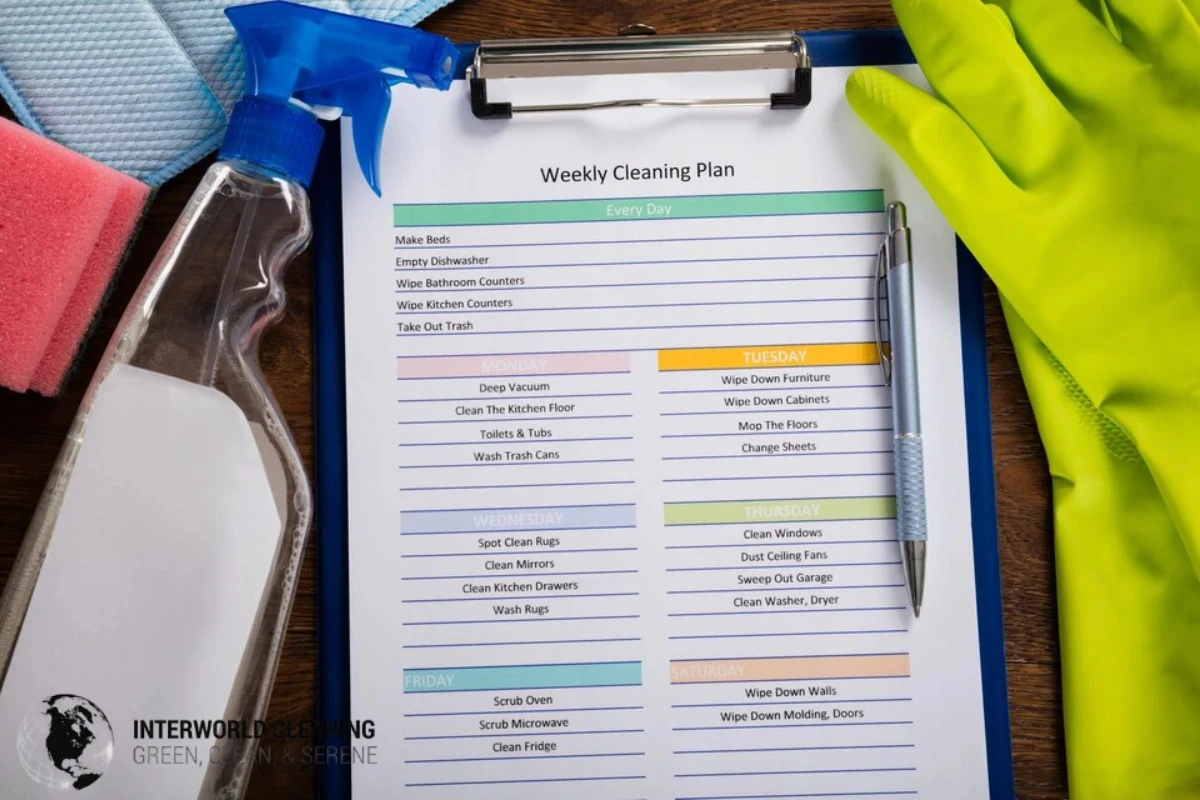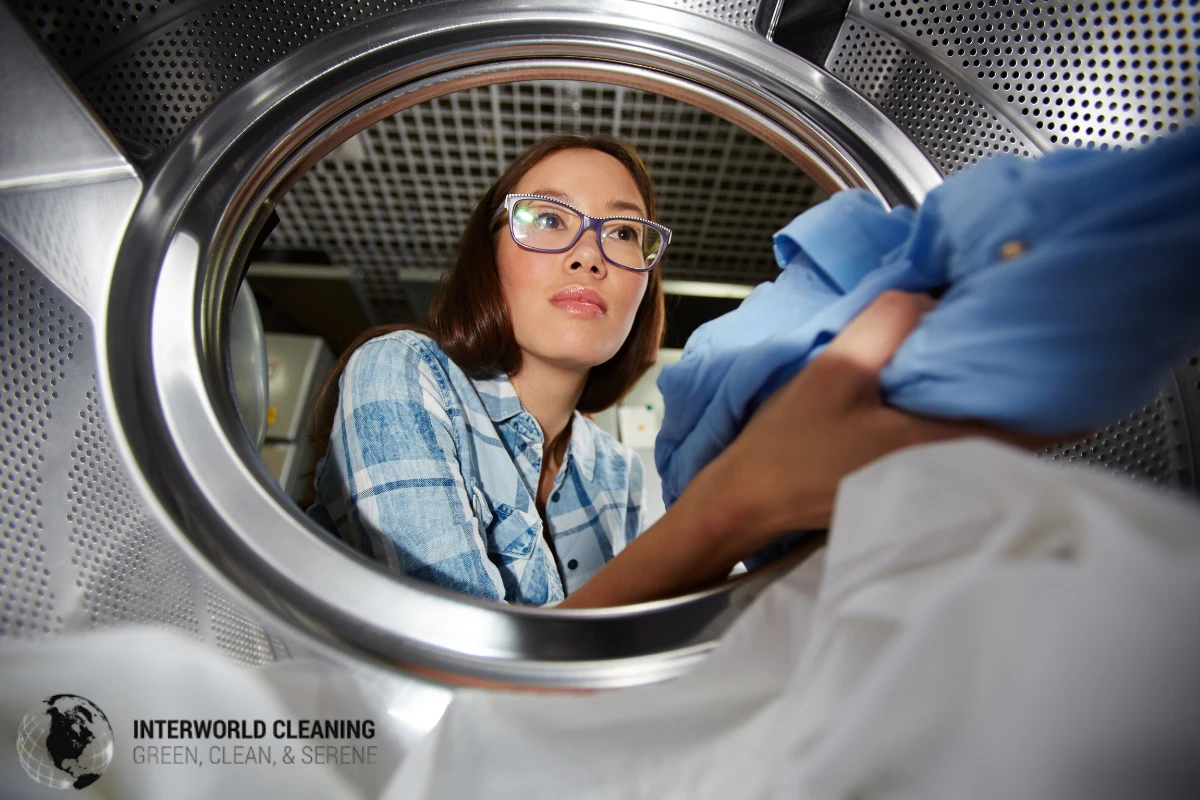Hospitals are the penultimate in hygiene and an animal hospital is no different. Animal hospitals should be met with the same standards as a normal hospital, this is just one reason animal hospital cleaning services are essential for any veterinary clinic or facility. Veterinary clinics and animal hospitals need to adhere to strict hygiene standards for the safety of the animals and the staff. Animals pose very unique challenges for cleaning. Due to how sensitive many animals are to cleaning solutions and cleaning methods many opt to choose commercial cleaning services and professional cleaners to keep their hygiene in check.
The challenges of hospital cleaning
Many animals are sensitive to cleaning products. Any product containing bleach, ammonia, phthalates, or chlorine is out of the question. Many disinfectants are also out of the question as they contain such chemicals. Animal hospitals need to achieve sterile environments with minimal use of such products or simply without them. The duty of animal hospital cleaning gets very complicated as the cleaners need to constantly check and ensure they are using the correct products for an area.
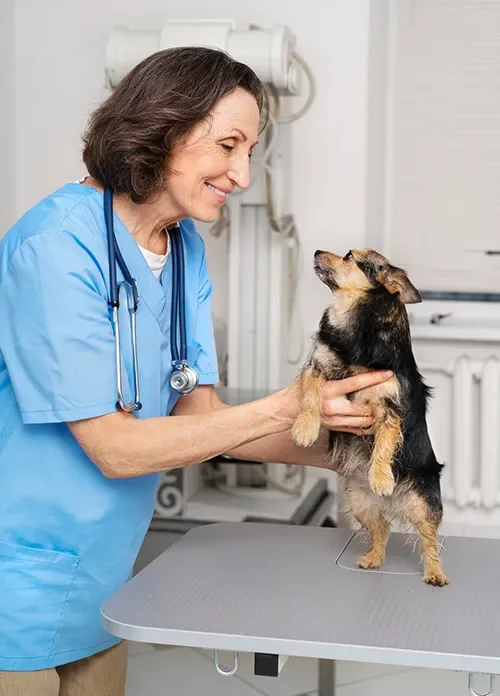
The Importance Of Hospital Cleaning
Cleanliness in an environment like an animal hospital is not just about aesthetics and looks. In an environment such like this, hygiene is about the safety of patients and staff. Animal hospitals deal with a variety of diseases unique to many different types of animals. Each one of these animals has unique health concerns and risks. Due to the nature of veterinary care all these different bacteria, viruses, and fungi exist in the same facility and can easily spread between animals and even humans. By maintaining a clean environment you eliminate any chance of these dangerous diseases from spreading around in the hospital.
Cross-Contamination
- Cross-contamination between animals and even humans can lead to the outbreak of severe infections and diseases. Through cleaning and disinfection of surfaces, hospital owners will lower the chance of such a disaster.
Improved Recovery Rates
- If a patient catches another infection or disease in the middle of recovery, they will require treatment again and therefore recover from that treatment, again. Such problems can lead to patients staying in the hospital for much longer than necessary.
Professionalism
- A clean and well-maintained facility reflects a certain level of professionalism. When you create a good, healthy, and clean environment it reassures owners that their animals are in good and capable hands. Having a commercial cleaning company present at your facility also helps owners realize they are in a good place that cares about their well-being.
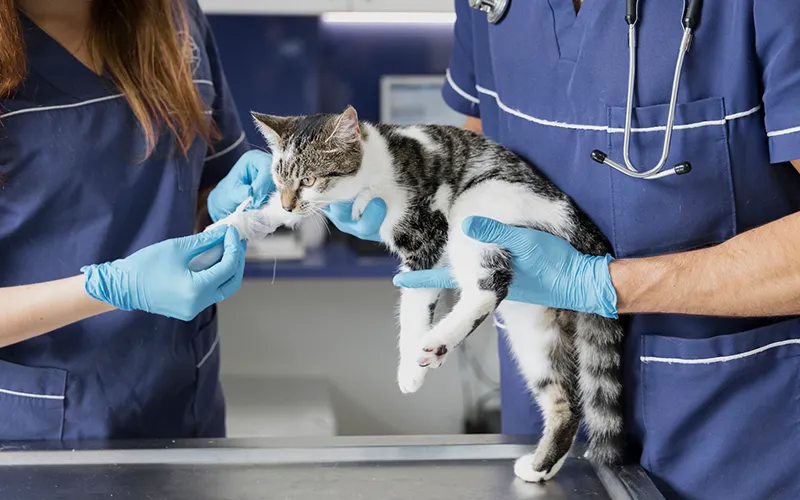
Best Practices for Maintaining Cleanliness in Animal Hospitals
Strict Cleaning Protocols
- To ensure the utmost cleanliness in every staff member, you need to develop strict cleaning protocols and ensure every staff member understands and adheres to these guidelines.
Appropriate Products
- As mentioned before you need to implement the appropriate cleaning products that are not harmful to animals and deliver satisfactory results. All these products need to be used correctly as instructed by the manufacturer.
Regularly Clean High-Touch Areas
- Just cleaning important areas does not suffice. High-traffic and high-touch areas like reception desks, doorknobs, or light switches need to be cleaned regularly. You also need to decide how often to clean each area, some parts may be fine with a weekly or even monthly cleaning but operation rooms and walkways will need to be cleaned daily or even every couple of hours depending on the traffic.
Promote Hand Hygiene
- Encourage staff and owners to practice hand hygiene by providing easy access to hand sanitizers and handwashing stations.
Maintain Clean Air
- Regularly clean HVAC systems and even invest in air purifiers to ensure good air quality.
Proper Waste Management
- Hospital waste management is a complicated and hard job. Hospital waste cannot be disposed of like normal trash as it may contain dangerous substances. A proper waste management plan needs to be developed and even a waste management service is recommended.
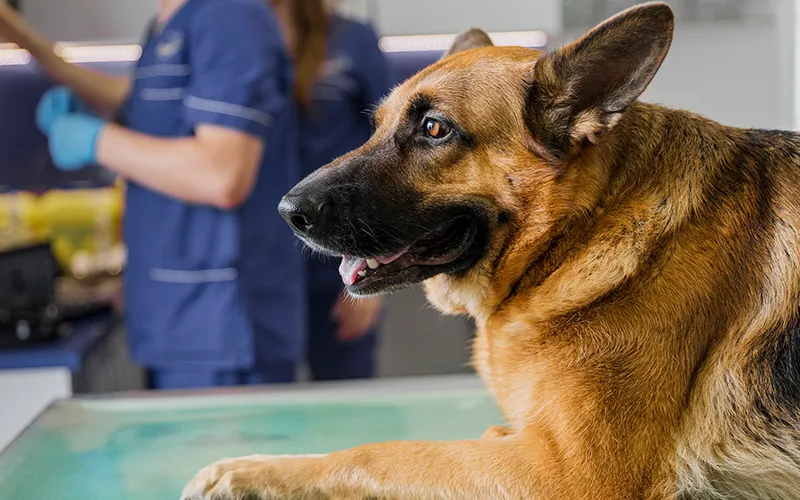
How To Deal With These Challenges
Dealing with these cleaning challenges is a hard task, which is why working with commercial cleaning services is a great option. Here at Interworld Cleaning, we offer you the best cleaning solutions you can find.
Expertise and Experience
- We have spent more than 15 years cleaning veterinary clinics and delivering top-notch results to many customers. We offer your hospital a team of professional cleaners who have the experience and expertise to deal with the challenges of animal hospital cleaning. Our team has the necessary equipment and expertise to use this equipment to its maximum efficiency.
Environmental Impact
- We make use of all Green-Certified cleaning products in order to be more environmentally friendly. We take every step towards lowering environmental impact and saving our planet.
Commitment to Quality
- We are dedicated to delivering you the best results possible. We make use of the best cleaning products, equipment, and practices to ensure your satisfaction.
Customized Solutions
- Every animal hospital is different and expects different things from cleaning services. Our plans are designed to be flexible in order to meet your expectations and budget requirements.
Competitive Pricing
- We offer competitive pricing without compromising on quality. Our prices rival the pricing and quality of alternative cleaning solutions.
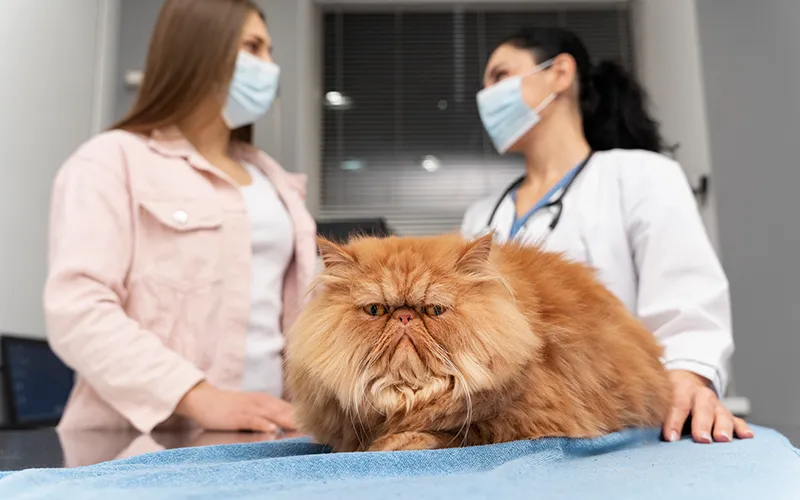
Contact Us Today
Maintaining a clean and hygienic environment in animal hospitals is essential for the well-being of the animals and the staff. Commercial cleaners will always deliver better results than any other cleaning solution, which is why many opt to choose a commercial cleaning company over other janitorial services. We offer you our comprehensive cleaning services in the fight to ensure cleanliness and hygiene in an animal hospital. We will help you maintain a welcoming environment for owners in your hospital or clinic. Our services will not disappoint you. Contact us today and we will have a team of commercial cleaners at your door in no time.
